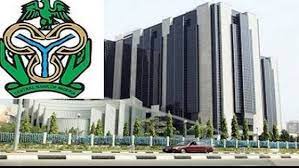Capital inflows to the Nigerian banking sector rose by 109.8 per cent in the first half (H1) of 2022,from $698.2 million recorded in the second half of 2021 to $1.47 billion, according to data from the Central Bank of Nigeria (CBN).
This figure is 46.5 per cent higher than the $1 billion inflows recorded in the corresponding period of 2021. According to the apex bank, the banking sector recorded the highest foreign inflow in the period under review compared to other sectors of the Nigerian economy, accounting for 47.1 per cent of the inflows into the country.
The manufacturing and financing sectors followed with $457.7 million and $396.7 million respectively.
The data also revealed that a total of $3.11 billion in capital was imported into the Nigerian economy as foreign inflows between January and June 2022, most of which were in the form of foreign portfolio investments (FPIs). In contrast to H1 2021, foreign inflows grew by 11.8 per cent, however, when compared to the second half of 2021, it declined by 20.7 per cent.

Capital inflows into the country recorded a significant decline in H2 2020 following the COVID-19 pandemic, which triggered a downturn in the global economy, with investors wary of moving their monies to Nigeria.
However, since H2 2021, inflows have begun to pick up, albeit very low compared to pre-pandemic levels. The decline in the number of foreign inflows has caused a huge FX supply shortage in the economy, piling more pressure on the exchange rate as demand for FX has outpaced supply leading to a depreciation in the local currency in the official and parallel markets.

